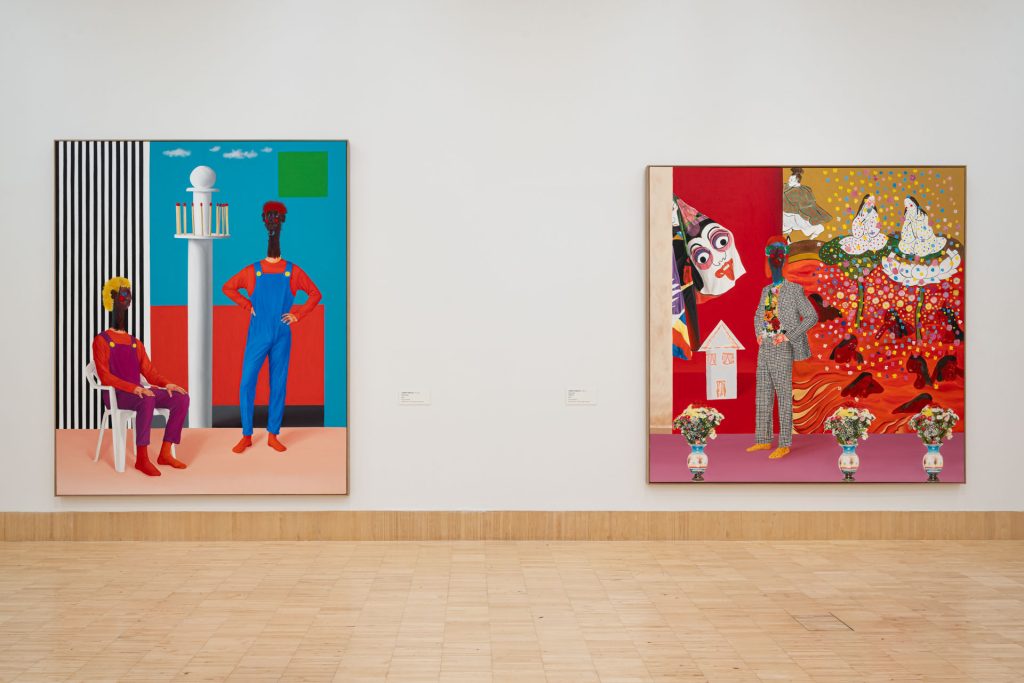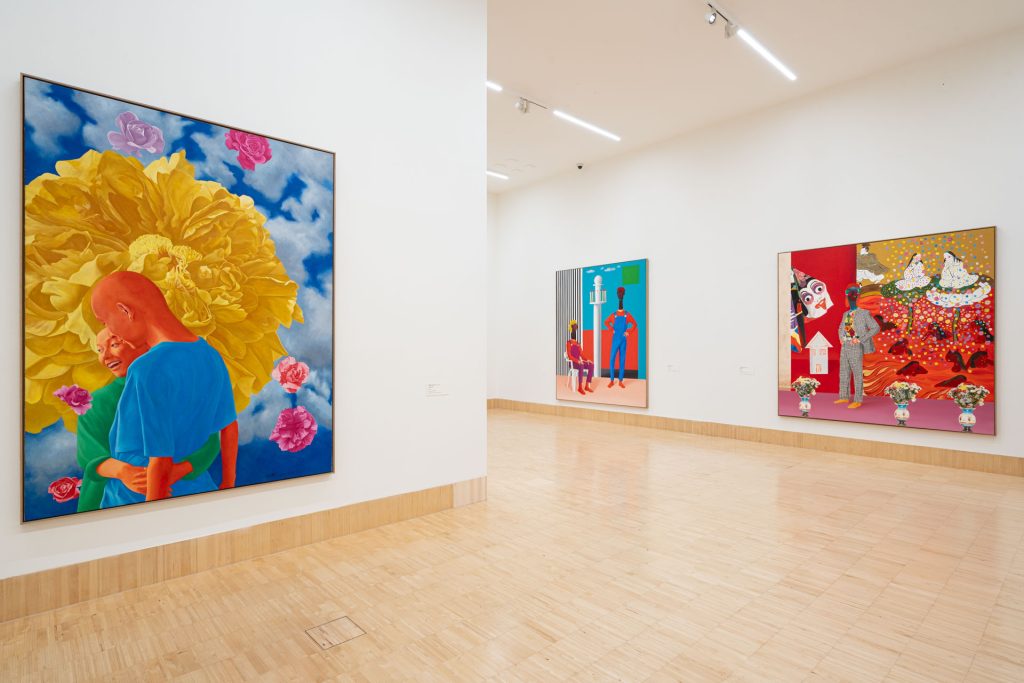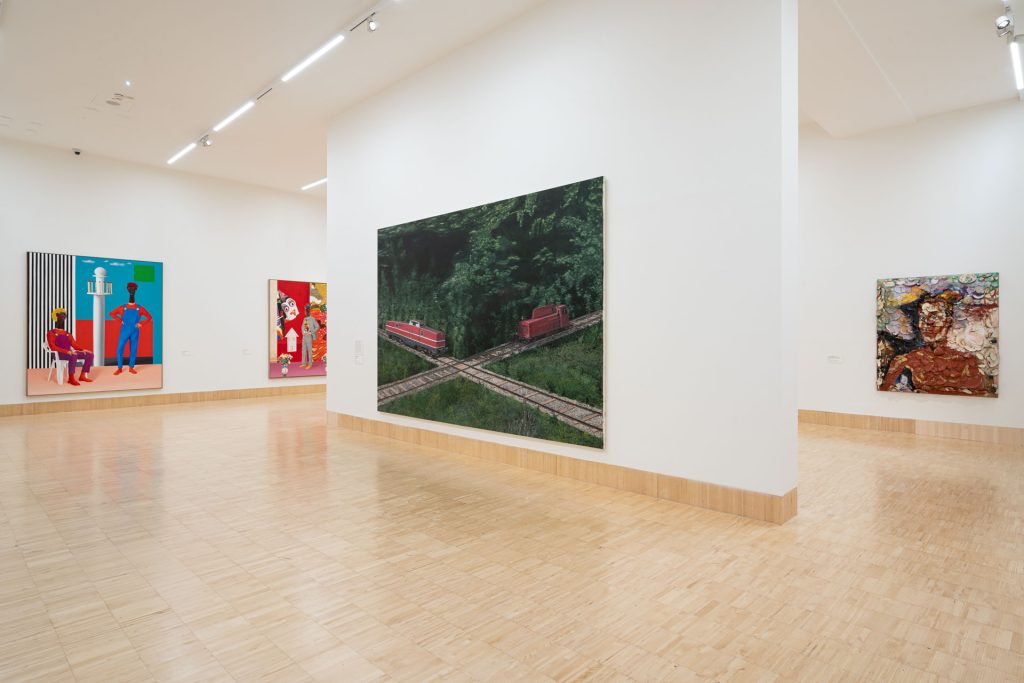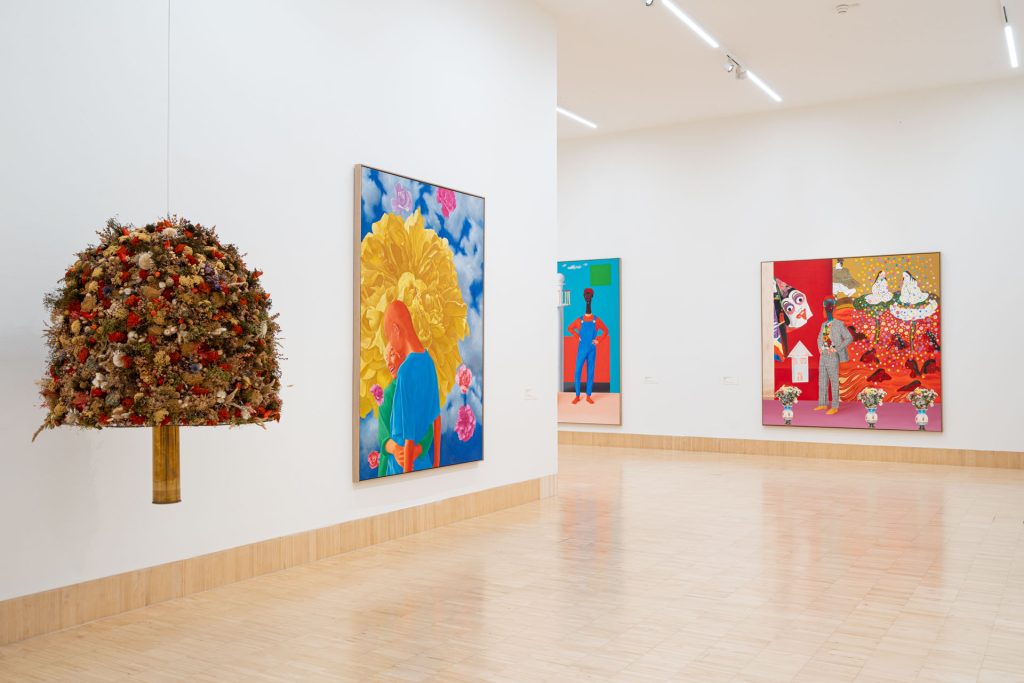Jannis Varelas
Pop-Art – The Bright Side of Life
April 10, 2024–January 5, 2025Albertina Klosterneuburg, Vienna
It was around 1960 that pop art began to supplant abstract painting. In terms of worldview, pop art embodied a reaction to the post-World War Two economic boom, the commercialization of all areas of life, and the rise of consumer and leisure culture as well as the celebrity cult fueled by film, television, and illustrated magazines.
From an art-historical perspective, pop art represents a backlash against abstraction as the supposed endpoint of painting’s developmental history. With Andy Warhol, Roy Lichtenstein, Mel Ramos, and Alex Katz, representation made a powerful return to art—not as “mimesis” (the imitation of nature), but as the “appropriation” of pre-existing images. Whether it was photographs or other pictorial matter from newspapers, comics, illustrated magazines, or advertisements: every person and every thing became a product, a fetish, a celebrity, a consumer object.
Austrian pop art grew out of similar circumstances but set out on a path all its own that was independent of the original US version and characterized by abundant wit and playful (self-)irony.
The garish and lurid chromatic qualities of pop art’s pictorial cosmos reflect not the eruption of the proverbial volcano, but the dance thereupon: this movement’s 1960s and ’70s heyday was marked by deep political and societal crises, with the assassinations of political figures from John F. Kennedy to Martin Luther King, the Cold War and Vietnam War, the Oil Crisis, galloping inflation, and the German Autumn leading to this era becoming known as the “troubled decades” both in Europe and in the United States.
Text from ALBERTINA Klosterneuburg



